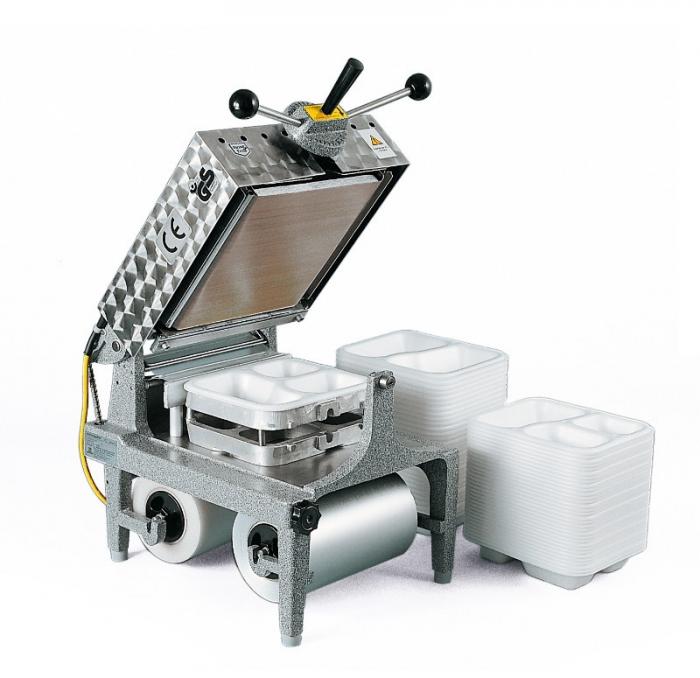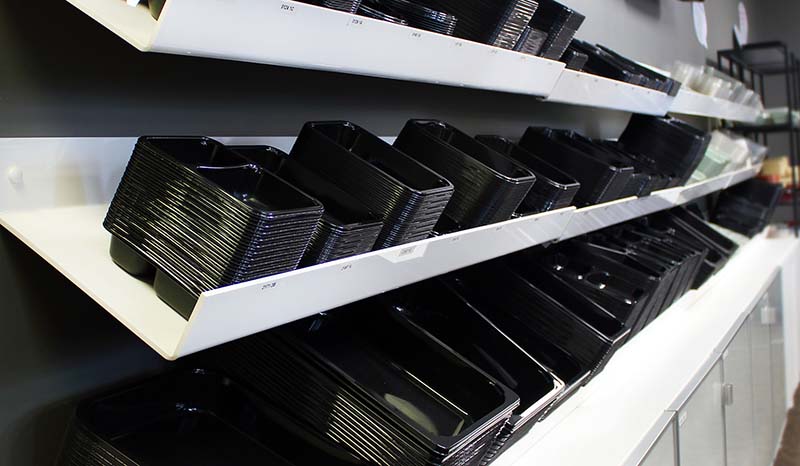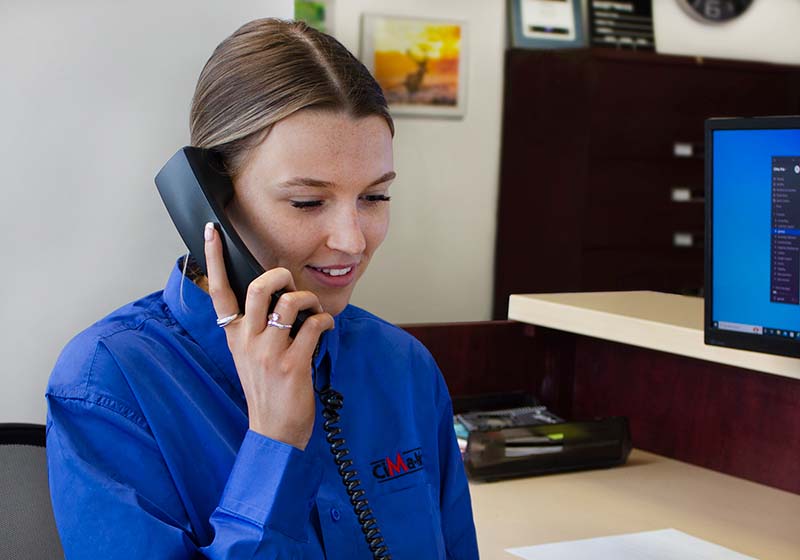
1-877-631-2462


Nos scelleuses de barquettes fonctionnent parfaitement avec tous nos barquettes. Nous fournissons des emballages pour les entreprises de toutes tailles. Que vous soyez un seul restaurant qui souhaite offrir â ses clients une option facile â emporter ou un traiteur qui pr´pare des milliers de repas prêts â manger, nous pouvons vous aider.
Nos scelleuses de barquettes facilitent la préparation des repas sans fuite, à emporter; ils prolongent la fraicheur, améliorent la présentation et la congélation des aliments préparés.
Nos scelleuses les plus populaires Tous les scelleuses de barquettes58 % des aliments produits au Canada sont gaspillés. Nos barquettes prolongent la durée de conservation afin de réduire le gaspillage alimentaire.
Nos barquettes en CPET et APET sont faciles à recycler et n'ont pas de fin de vie. C'est ce qu'on appelle la durabilité circulaire.
En tant que matériau léger, le plastique nécessite moins de carburant pour son transport que d'autres matériaux plus lourds.
Du congélateur au four ou au micro-ondes. Parfait pour le stockage de tous les aliments.
En savoir plus sur le CPET/APETAssociez nos cadres à nos scelleurs pour obtenir les plateaux dont vous avez besoin.
Trouvez votre barquetteLe plastique réutilisé réduit les effets sur l'environnement grâce à la durabilité circulaire
En savoir plus sur les barquettes Evolve
Sceller les emballages non alimentaires personnalisés, suivre les températures ou les impacts sur les produits, etc.
Explore special packaging
Nous aidons les restaurants, les traiteurs et les petites entreprises à emballer de la nourriture et des marchandises depuis 1999
More about our team